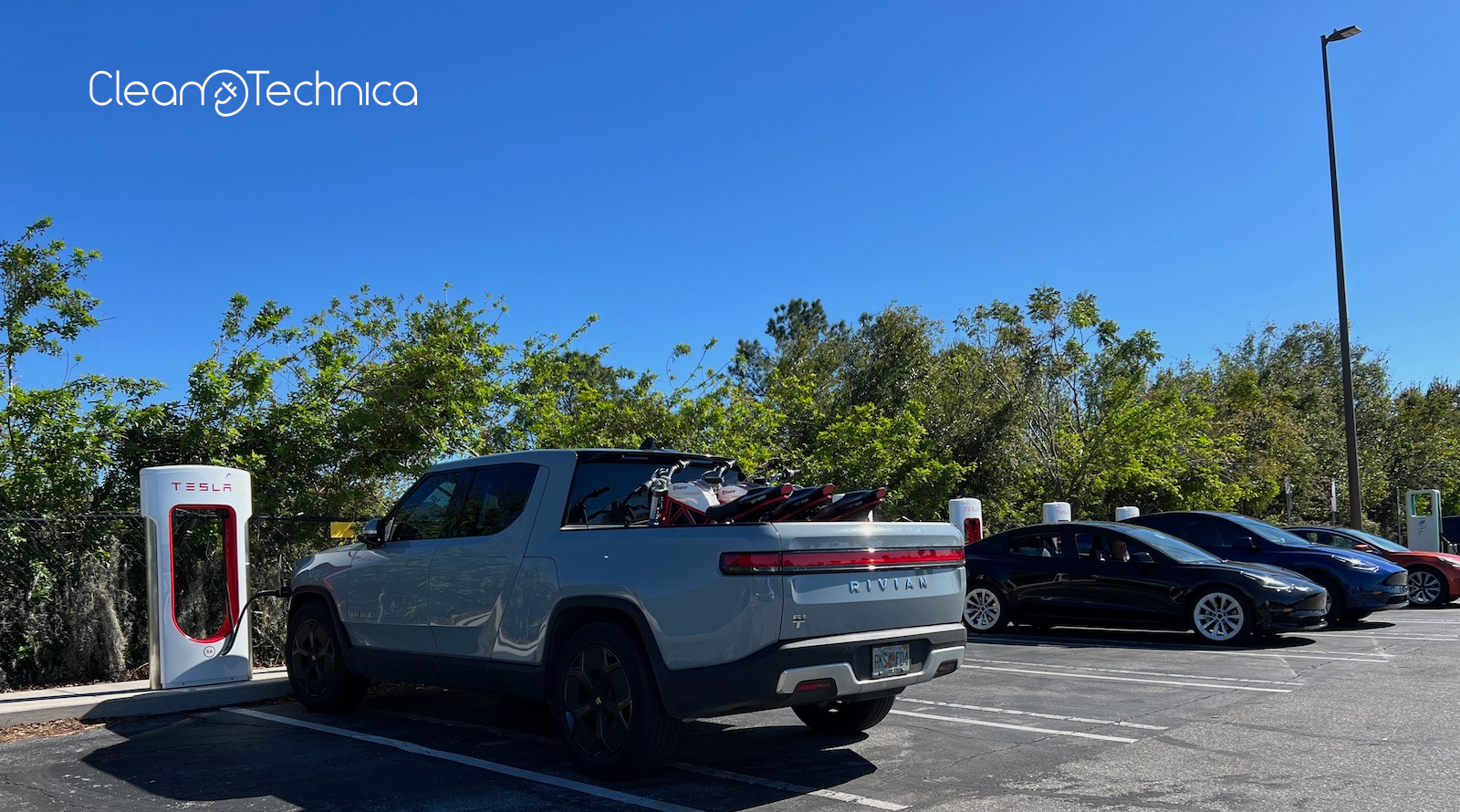The US Environmental Protection Agency released a big report yesterday, the 50th annual Automotive Trends Report. This report analyzed fuel economy improvements in the US (focusing on 2023 model year vehicles), and it found that, thanks to policies pushing for better and better fuel economy, the country saw its best vehicle fuel economy in history and the lowest greenhouse gas emissions from new vehicles in history as well. But, of course, that’s to be expected. Automobiles should be improving, we should be buying more and more full electric and plugin vehicles (which provide much better fuel economy), and the industry should be focused on cutting emissions. It’s good that there’s progress, but we could certainly do more.
The problem is that we’ve had swings back and forth in the level of fuel economy requirements — Democrats get into power and the fuel economy standards go up, Republicans get into power and they go down, Democrats get into power again and the y go up, Republicans get into power again and they go down. (It’s just one reason of many I don’t want to hear “both parties are the same” nonsense ever again.) The fact is that we have relatively weak requirements, much weaker than China or Europe. Even when Democrats are in power, they are heavily lobbied, pressured, and challenged in various ways (including the courts) to not make the fuel economy requirements too hard.
Frankly, the next piece of good news from the EPA on this matter actually tells me that the requirements aren’t strict enough. “The report also shows that all 14 large automotive manufacturers are in compliance with EPA’s light-duty GHG program requirements through the MY 2023 reporting period,” the EPA writes. If all 14 of these auto manufacturers are in compliance, fine, that’s a good thing, but it probably also means the requirements are too easy to hit.
Anyway, the good news is that we are seeing lower greenhouse gas emissions due to the vehicle fleet getting more and more efficient. “Today, the new MY 2023 electric vehicles and plug-in hybrid electric vehicles on the road have led to 11% lower CO2 emissions.” However, the EPA itself says this really isn’t enough and we have a long ways to go. “Despite these significant improvements in local air pollution that have benefited Americans, passenger cars and light trucks still accounted for nearly 17% of total US GHG emissions in 2022, indicating the importance of further reductions in GHG emissions and improvements in fuel economy.”


